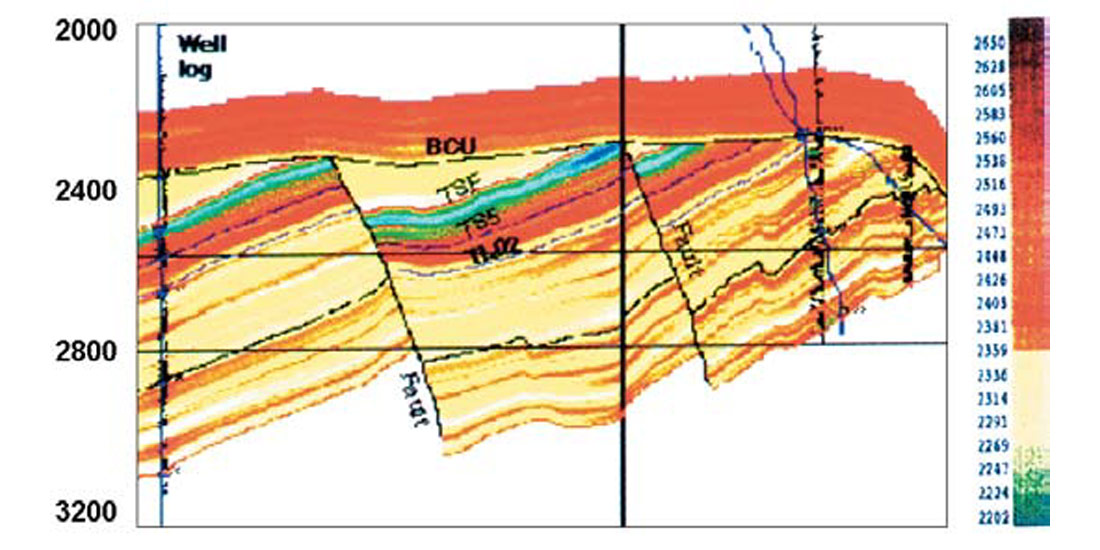
Seismic inversion methods are a vital tool in exploring for subsurface resources and gaining a better understanding of the earth beneath our feet. In recent years, seismic inversion has come a long way in terms of accuracy and efficiency. But what does the future hold for this powerful technology? In this blog post, we’ll take a closer look at some of the latest developments in seismic inversion workflow and discuss the potential for further advances in the field.
Machine learning
The seismic inversion methods of today are set to take a big leap forward, thanks to the advancement of machine learning. Machine learning algorithms can be used to drastically improve the accuracy and speed of seismic inversion processes. By using large datasets, machine learning algorithms can identify patterns that are not visible to the human eye and make better predictions about the subsurface properties of a given area. This can greatly reduce the amount of time needed to complete seismic inversion tasks, as well as make them more accurate. Additionally, by using machine learning algorithms to interpret seismic data, it is possible to create more detailed models and make better-informed decisions about subsurface exploration.
Real-time data collection
Real-time data collection is becoming an increasingly important part of seismic inversion methods. With advances in technology, it is now possible to collect seismic data quickly and efficiently to gain a better understanding of subsurface structures. By using real-time data, the accuracy of seismic inversion models can be improved significantly, as the most up-to-date information is available.
By utilizing real-time data collection, seismic inversion methods can be applied to rapidly evolving geological processes. This can include gaining insight into sedimentary basin formation or studying how natural resource extraction impacts the surrounding environment. Additionally, real-time data can provide early warning systems for natural disasters such as earthquakes, helping to improve public safety.
In summary, real-time data collection is a crucial aspect of seismic inversion methods that allows for a more detailed understanding of subsurface structures and rapid response to changing conditions. This can result in improved accuracy and new applications for seismic inversion methods.
Increased accuracy
One of the main goals of seismic inversion is to provide more accurate information about subsurface structure and properties. As the technology advances, seismic inversion techniques are becoming increasingly accurate.
In recent years, major developments have been made in the accuracy of seismic inversion results. For example, advancements in machine learning techniques have allowed for better interpretation of seismic data. By analysing large volumes of seismic data, these techniques can identify patterns that could otherwise be missed. This can lead to better models of the subsurface structure, which in turn leads to more accurate results from seismic inversion.
Similarly, real-time data collection methods are becoming more commonplace. By collecting data from multiple locations simultaneously, it is possible to generate detailed images of the subsurface. This allows for a more comprehensive analysis of seismic data, which can lead to improved accuracy of inversion results.
Overall, advances in seismic inversion technology are leading to more accurate results. This will enable geologists to make better decisions regarding exploration and development of natural resources, leading to greater efficiency and cost savings.
New applications
The developments in seismic inversion have made it possible to expand the scope of its applications beyond what was once thought possible. Seismic inversion can now be used to explore areas with complex subsurface geology, analyse the properties of reservoirs, and improve our understanding of sedimentary basins.
This technology is being used in the oil and gas industry to identify optimal drilling sites, evaluate geologic formations, and detect leakage from underground storage tanks. It is also being applied to explore new energy resources such as shale gas and tar sands.
In addition, seismic inversion is being used to better understand seismic hazard, improve soil characterization for civil engineering projects, and help inform plans for construction or remediation of structures. Its capabilities are even being utilized in archaeological studies to help uncover archaeological features that were previously unknown or undetected.
The potential applications for seismic inversion are endless. As technology advances, so do the possibilities for new applications that can benefit businesses and individuals alike. This technology will continue to evolve and prove its value as a powerful tool for uncovering information about our environment and unlocking new sources of energy.

